Field service project management software
Create project plans, manage team members and keep on track and on budget with Simpro Premium’s project management capabilities.
Request DemoWhat can a field service project management platform do for you?
Take the stress out of managing your projects by understanding how your project is tracking and keeping your team on the same page. Manage tasks and dependencies, highlight exceptions, efficiently procure materials and manage schedules. Plus, access a real-time view of your costs, active jobs and tasks with the project dashboard.

Project Estimating
Save time calculating project costs
The more accurate your estimate, the more likely you are to meet project goals within budget. Calculate project costs with takeoff templates, pre-built assemblies, individual catalog items, labor rates, subcontractor costs, contingencies and disbursements.
Or use the Takeoffs add-on to create fast and accurate take offs and give you access to the smart symbol recognition tool and get even more quotes out the door.

Project Management
Reach every milestone of your project
Keep projects on track and on budget with a field service project management platform. Once your quote is accepted, assign tasks, resources and materials, and easily separate operational costs for each phase. As the project progresses, use Gantt chart views to track task status and manage any dependencies.
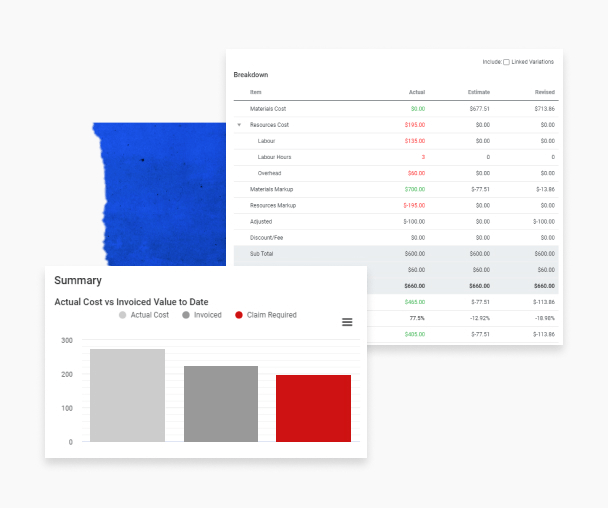
Progress Billing
Improve cash flow with field service project management software
Keep project invoicing and billing organized and accurate by generating deposits, requests for claims, progress claims, final claims and retention claims. Specify the amounts to claim or let Simpro Premium work out what costs have been incurred to date and how much should be billed.
Features
Level-up with field service project management software
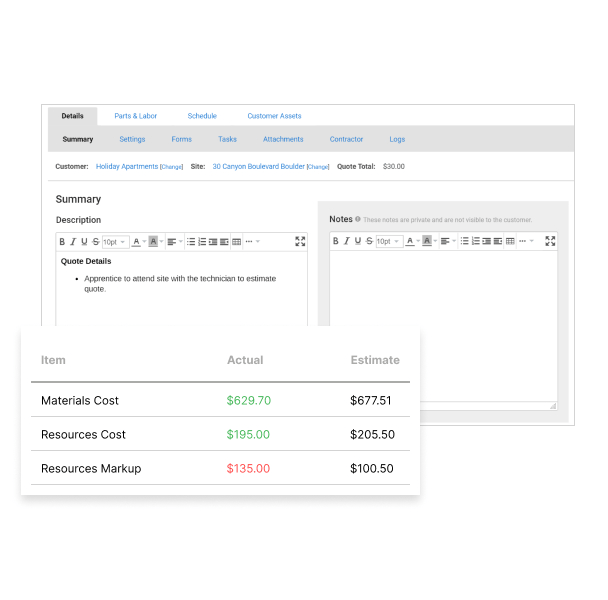
Create detailed and accurate project estimates and quotes
Simpro provides the tools for you to calculate labor, material, travel and other overhead costs involved in a project so you can easily create estimates. In your Simpro database, request and compare supplier quotes to get the best project pricing on materials from your suppliers. Then, send an email through Simpro for easy online quote acceptance with digital customer signature.
Estimate more easily with digital take off templates, labor rates and discounts
Customize the presentation and formatting of your quotesso you stand out from the crowd
Easily convert quotes into project jobs and add variations to accommodate extra work
Get a clear understanding of project estimated vs actual costs
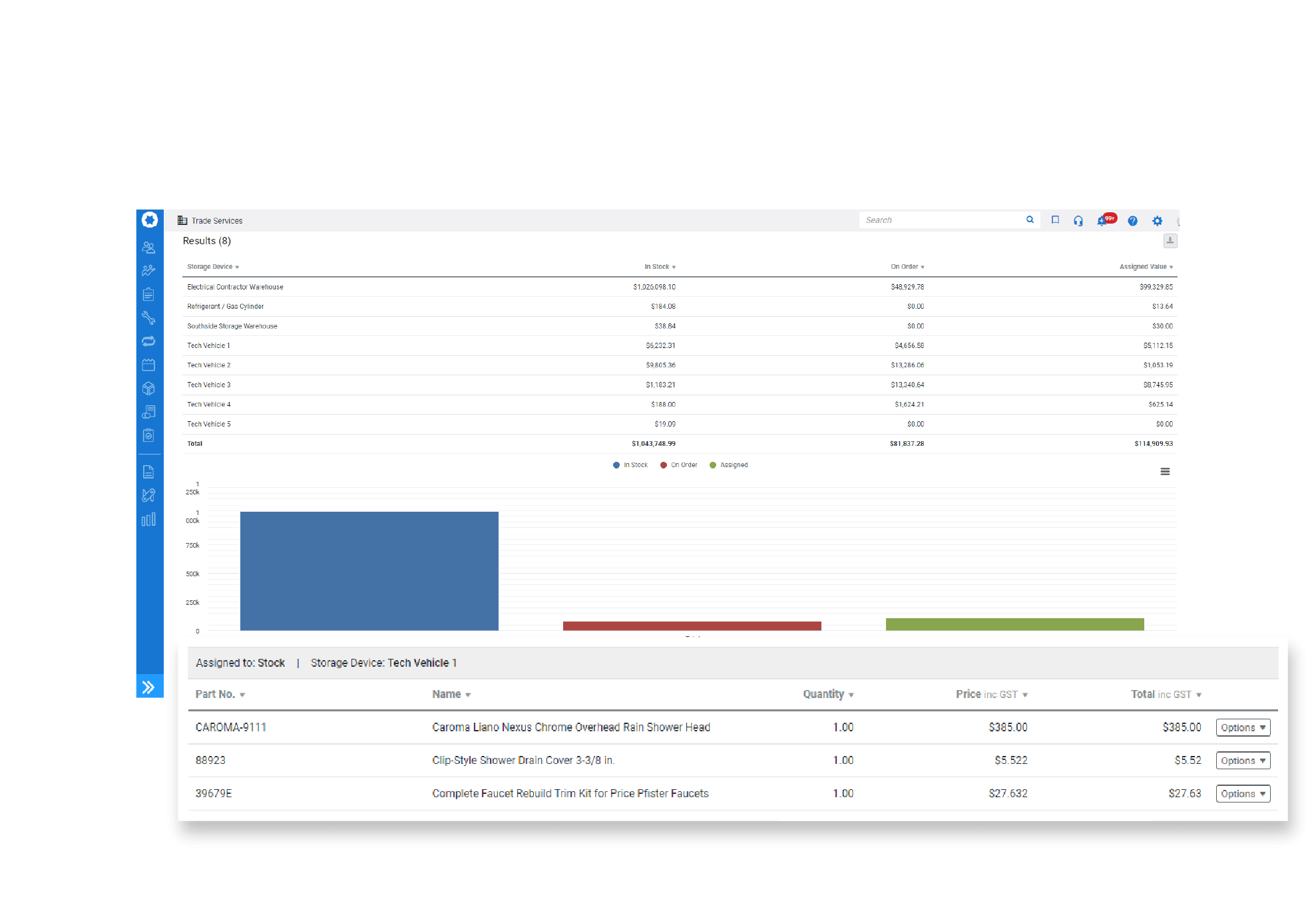
Make sure you have the right materials for project stages
View required and assigned materials and see what you have in stock at any project stage. Throughout a project, easily compare materials required versus materials used. Procure additionally required items from your wholesalers using your pricing and the wholesaler’s part numbers based on your standard buy pricing or specific project pricing.
Ensure the right materials are ordered at the right time
Generate reports on inventory value
Connect to supplier catalogs for easy price comparisons
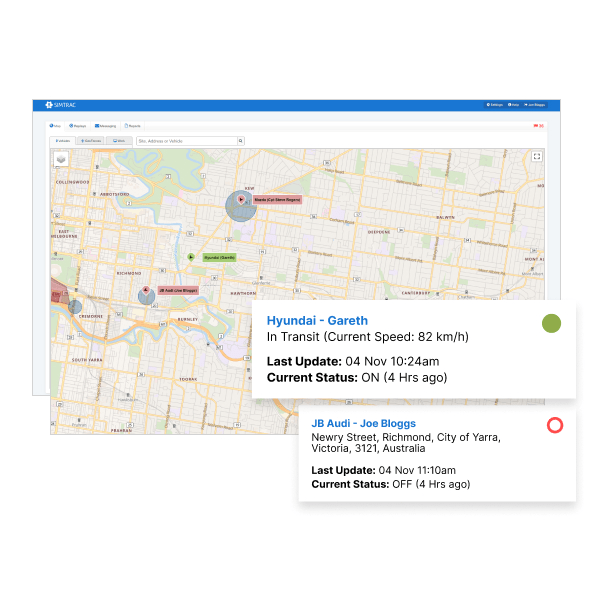
See the bigger picture with smart scheduling and dispatching software
Complex projects call for software that can handle the nuances of project scheduling and dispatching. Make organizing project staff easy with Simpro Premium.
Bulk-schedule multiple field staff members and their equipment ensuring no schedule conflicts
See what you want, when you want, with a variety of scheduling options to maximize the efficiency of project scheduling processes
Provide employees and contractors with controlled access to relevant information with Simpro Mobile or portals in Simpro Premium
Send automatic reminders and notifications to customers and staff to keep everyone informed of project progress
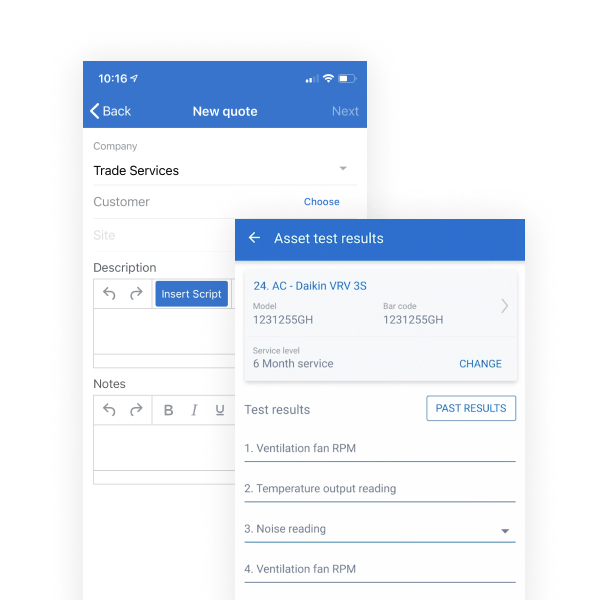
Connect the field to the office with field service mobile software
Eliminate the spreadsheets, clunky software and confusion. Simpro Premium together with Simpro Mobile make project management easy in the field and in the office.
Field staff have easy access to site history, job notes, work schedules and more from a mobile device or tablet
Field staff can create jobs, track time, record job details and capture photos while in the field to keep your project moving
Field staff can access safety and compliance audits in the field

Improve your project cash flow
Whether your projects are single or multi-phase, keep cash flowing with Simpro Premium’s invoicing and payments features.
Simpro allows you to easily generate invoices, deposit invoices, progress invoices and retainage claims.
Make payment for big jobs easy with a range of payment options
Integrate with your accounting solutions. Seamlessly export invoices from Simpro into your existing accounting software for streamlined accounts receivable management
Working on a multi-stage project? Issue an invoice after each stage via email with progress claims then, track payments to keep cash flow positive and monitor your remaining balance
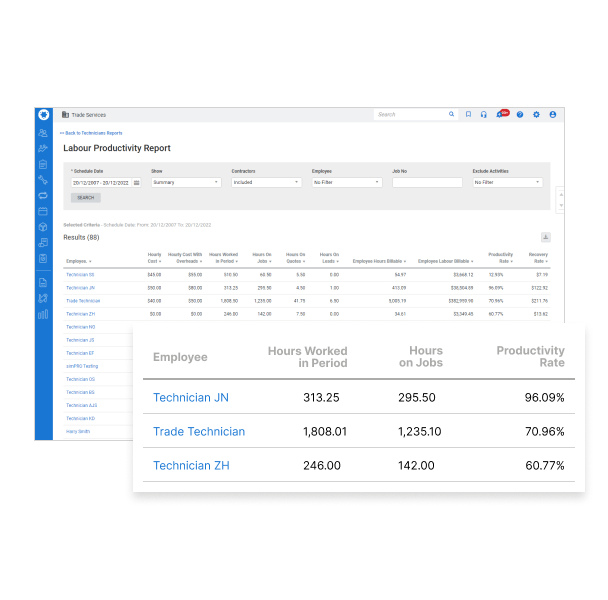
Set your business up for success
Generate a range of comprehensive reports to help you manage cash flow, reduce costs, forecast required resources and discover other vital business insights. Simpro Premium’s reporting features give you real-time visibility into workforce productivity, clear inventory tracking to keep warehouse managers informed and provide financial details for better decision making.
Use BI Reporting for customized reports and dashboards
Access Work in Progress reports to keep projects on track
Schedule reports to run on an automatic basis and get them emailed to key stakeholders
Boost profits with field service project management software
Case studies
Frequently Asked Questions
Ready to streamline your project management?
